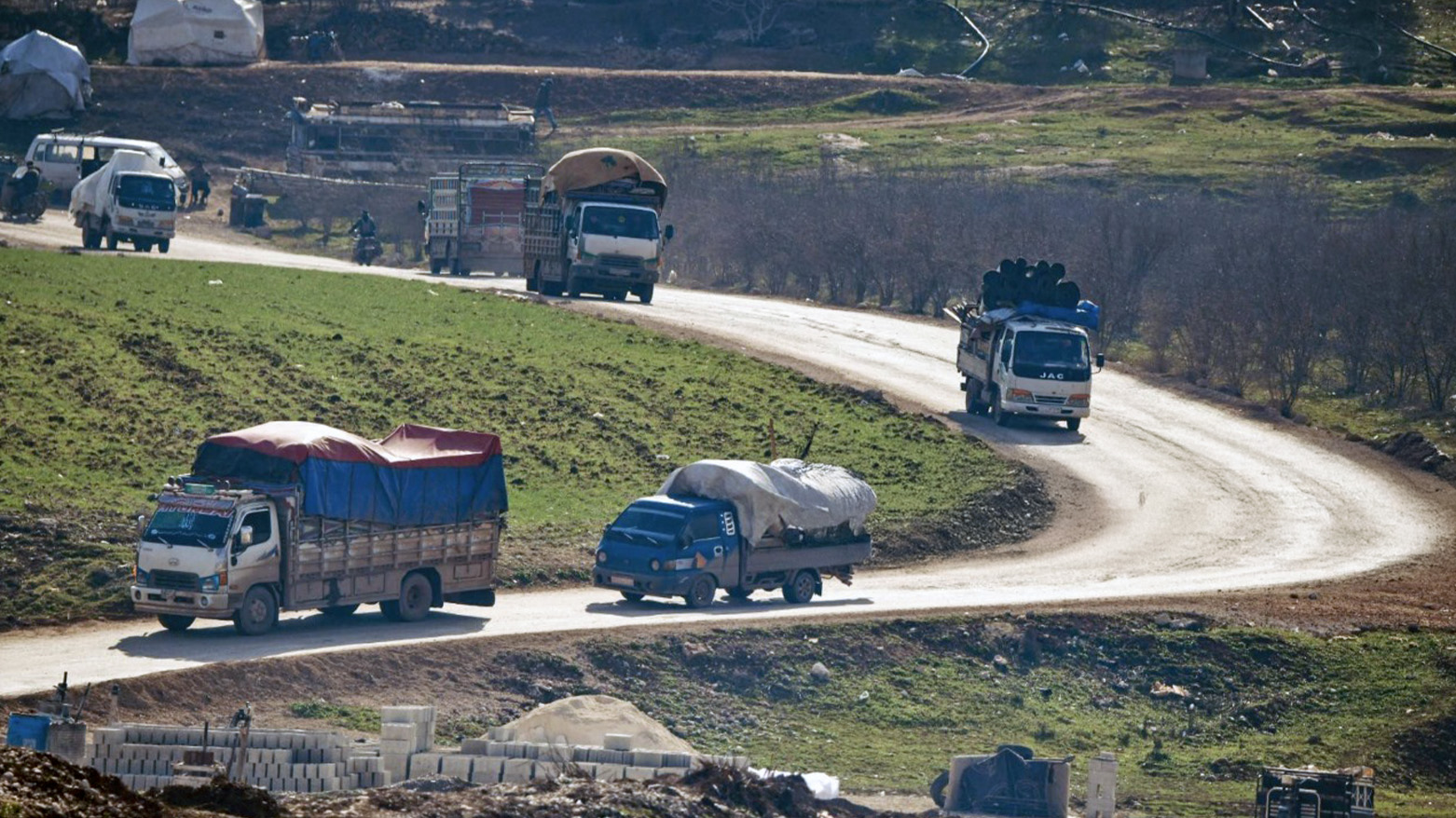Over 1.4 million Syrians return home after the collapse of Assad’s Regime
“According to current assessments, unless increased financial aid is delivered, many returnees may be forced to abandon their homes once again,” UNHCR stated.

By Ahora Qadi
ERBIL (Kurdistan 24) – Following the fall of the Bashar al-Assad regime, more than 1.4 million Syrians—both internally displaced persons and refugees—have returned to their original areas, according to the United Nations High Commissioner for Refugees (UNHCR) on Saturday.
UNHCR revealed that nearly 400,000 Syrian refugees have returned from host countries to Syria, while over one million internally displaced persons (IDPs) have gone back to their hometowns. This marks a significant shift in the country’s humanitarian landscape, despite persistent instability and economic hardship.
UN Projects More Returns, Warns of Major Obstacles
The UNHCR report projected that up to 1.5 million Syrian refugees could return home in 2025. However, the agency warned that this number may fall short if urgent financial assistance is not secured. Many displaced families risk being uprooted once again if the international community fails to provide adequate support.
“According to current assessments, unless increased financial aid is delivered, many returnees may be forced to abandon their homes once again,” the agency stated, stressing the precarious nature of the returns without long-term infrastructure and reintegration programs.
Syria's Humanitarian Crisis Remains Dire
The UN highlighted that approximately 16.7 million people—representing nearly 90 percent of Syria’s population—require some form of humanitarian aid. Within this group, more than 7.4 million remain internally displaced, many of whom are living in dire conditions without access to basic services or adequate shelter.
Despite the decline in active combat, the enduring impact of years of war continues to cripple Syria’s ability to recover. Humanitarian needs remain acute across the country, especially in areas that recently witnessed returns.
Funding Gaps Threaten the Future of Returnees
The UN’s Syria agency, UNHCR, has launched an ambitious support operation aimed at facilitating the return of 1.5 million refugees and two million IDPs to their homes by the end of 2025. However, the mission faces a critical financial shortfall: of the $575 million required to implement its return and reintegration programs, only $71 million has been secured so far.
The agency cautioned that without a substantial increase in funding, assistance can only reach a limited number of those wishing to return—risking a slowdown in repatriation efforts and potentially triggering new waves of displacement.
Global Responsibility and the Path Ahead
As Syria enters a transitional phase following the regime’s collapse, humanitarian actors are urging the international community to step up. The pace of returns may signal hope for millions uprooted by war, but the sustainability of that hope hinges on global solidarity.
The UNHCR emphasized that failure to meet financial pledges would not only hinder the return process but also undermine regional stability. With the eyes of the world on Syria’s post-conflict future, time is running out to transform short-term returns into lasting recovery.
